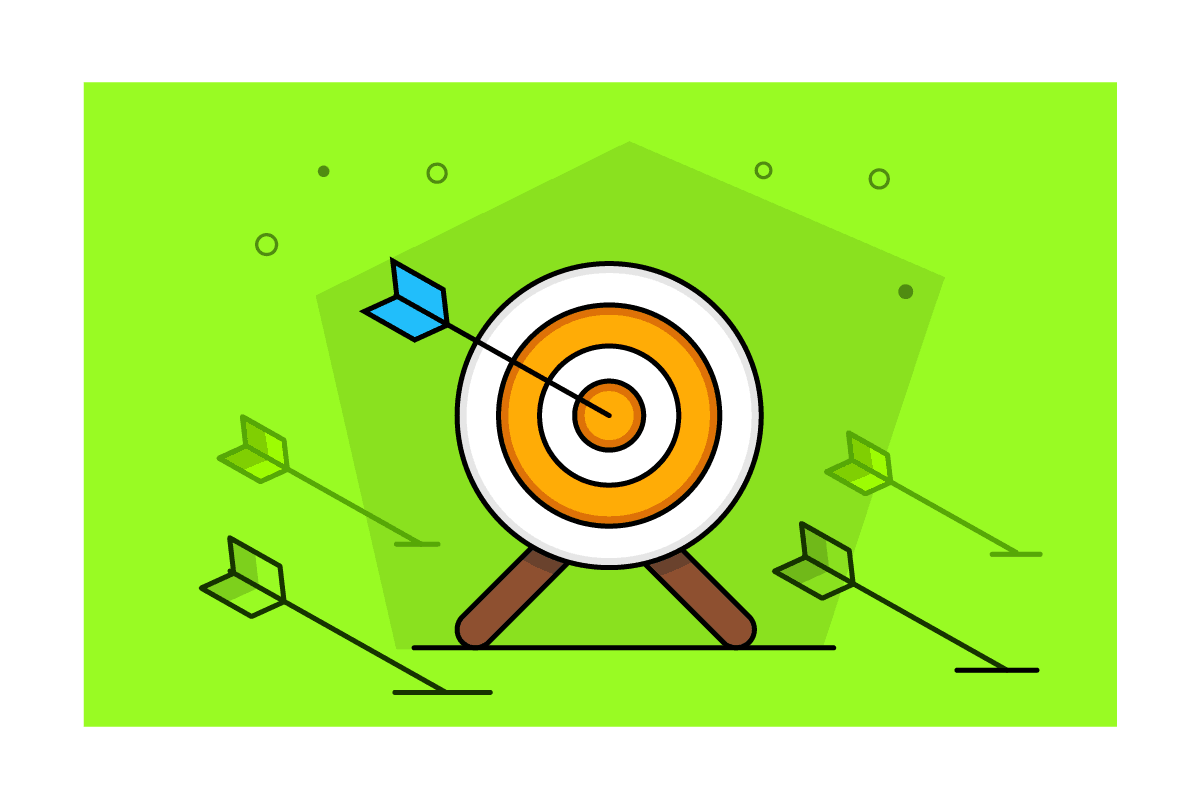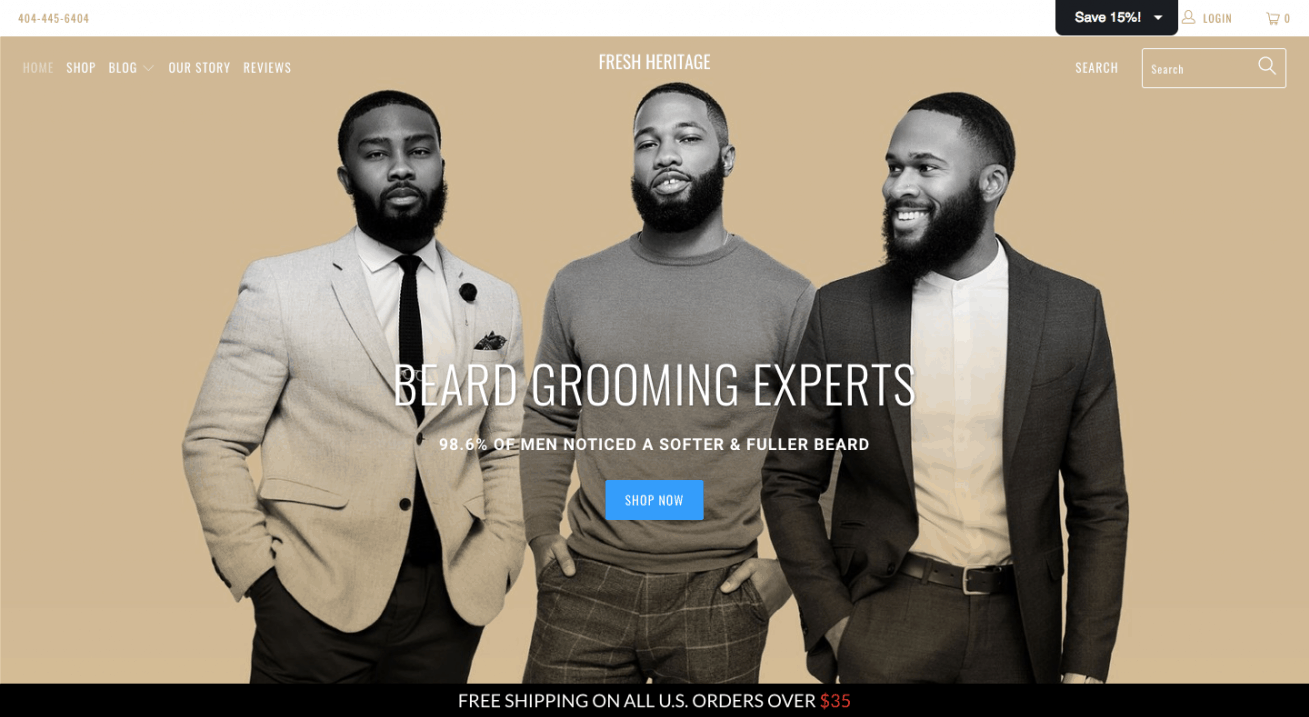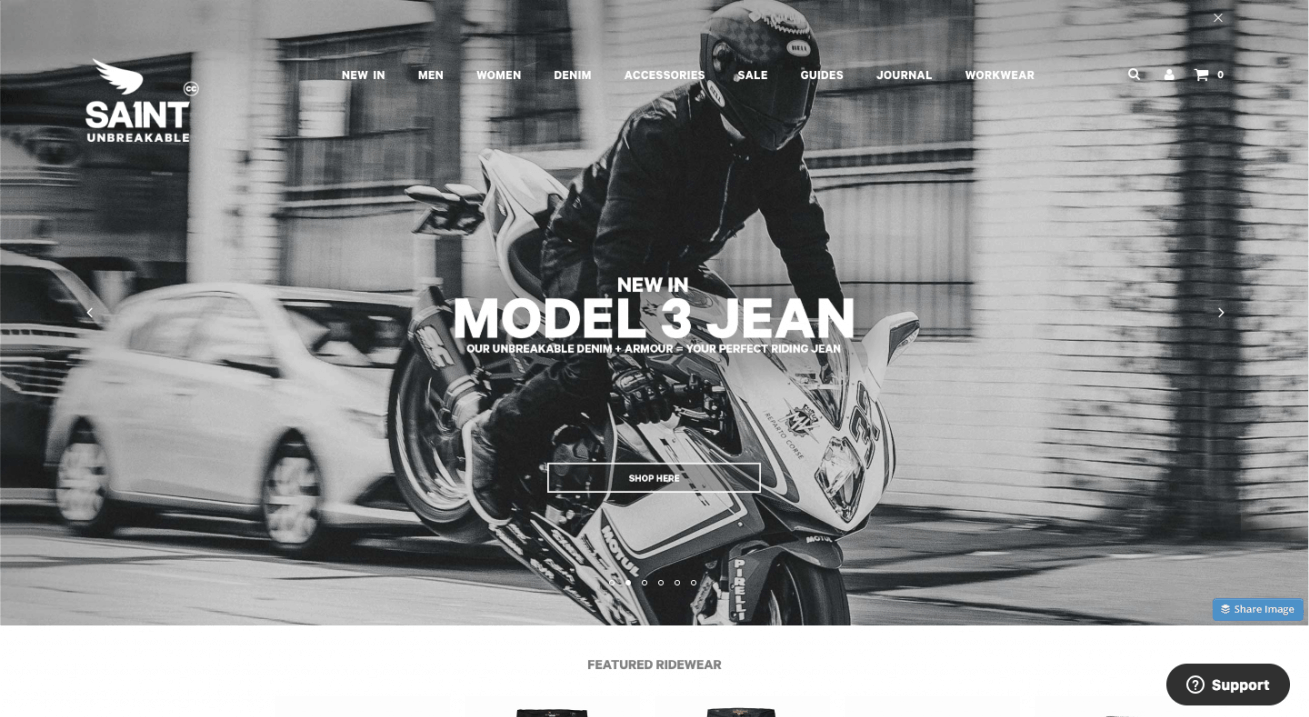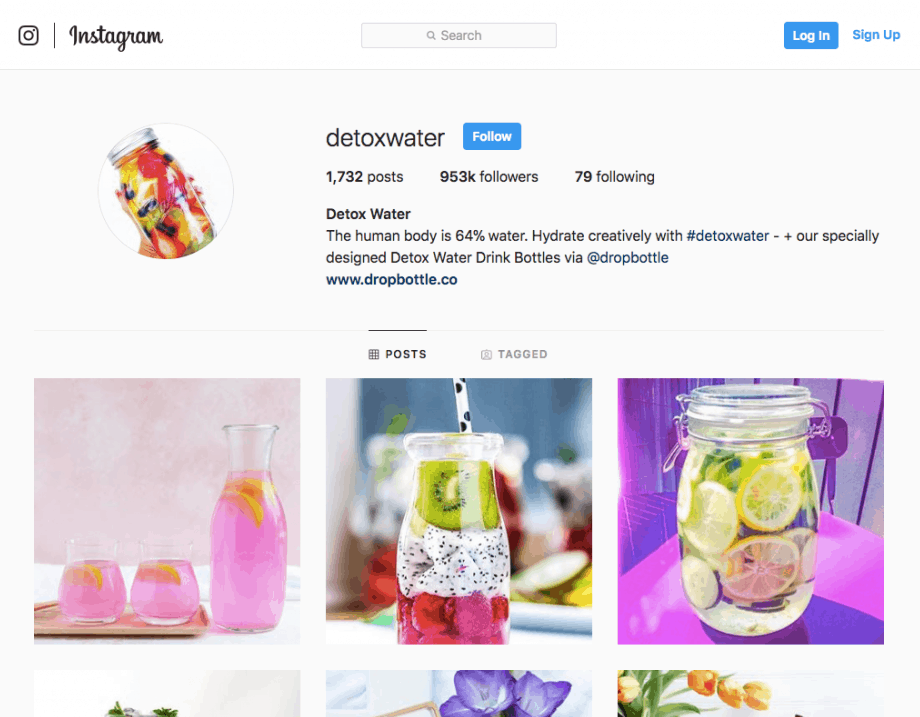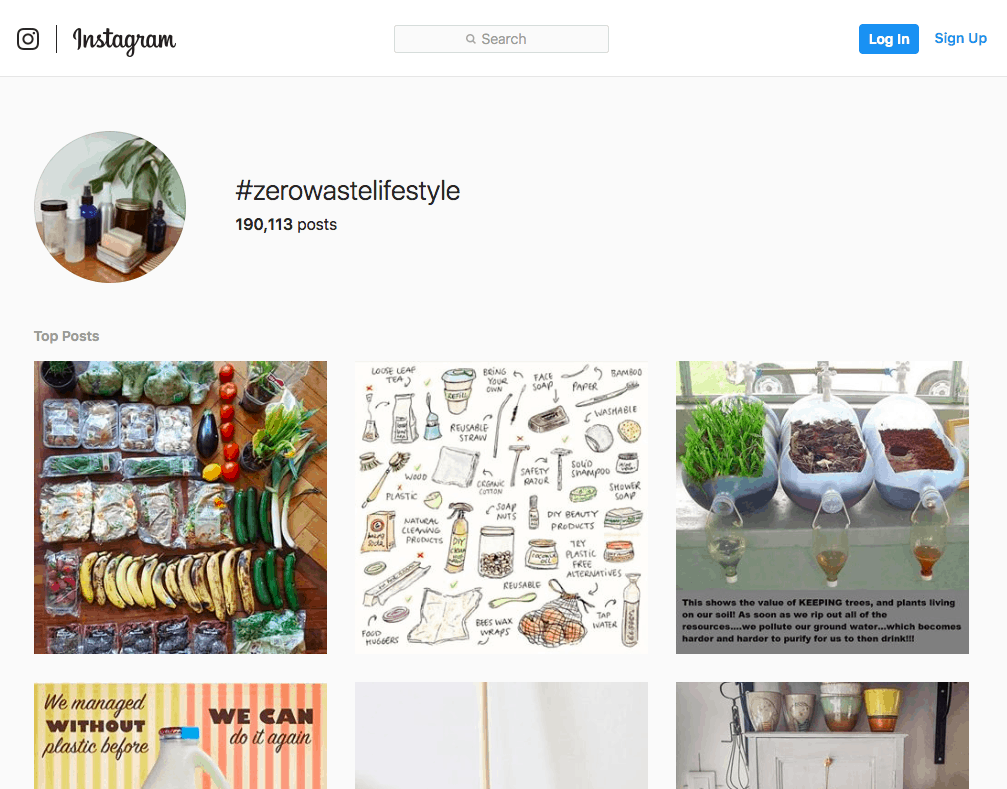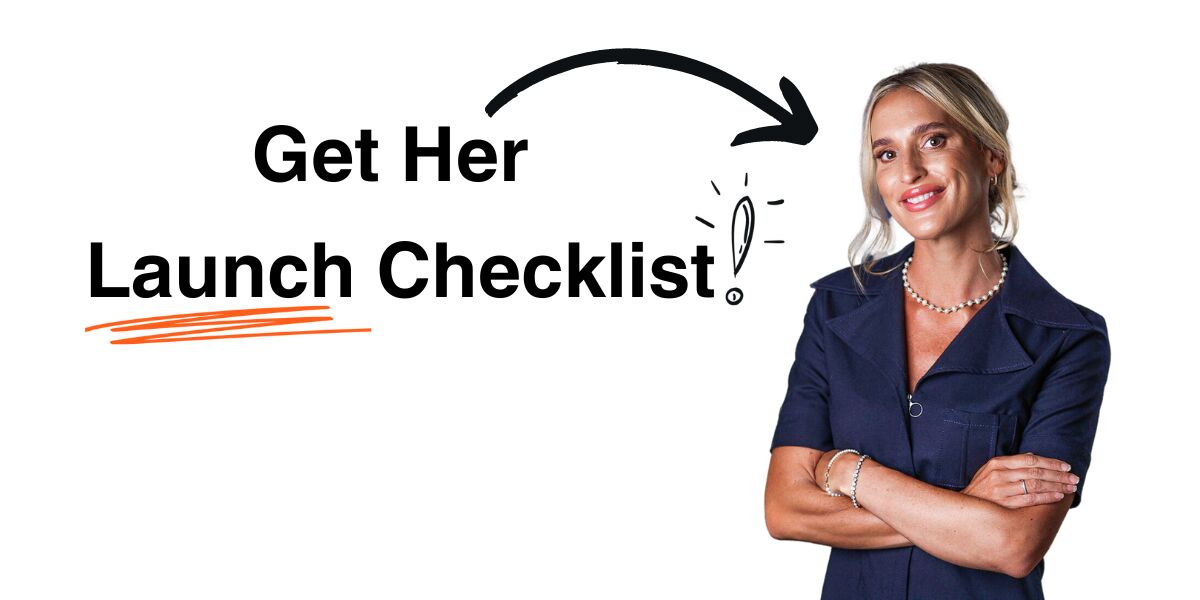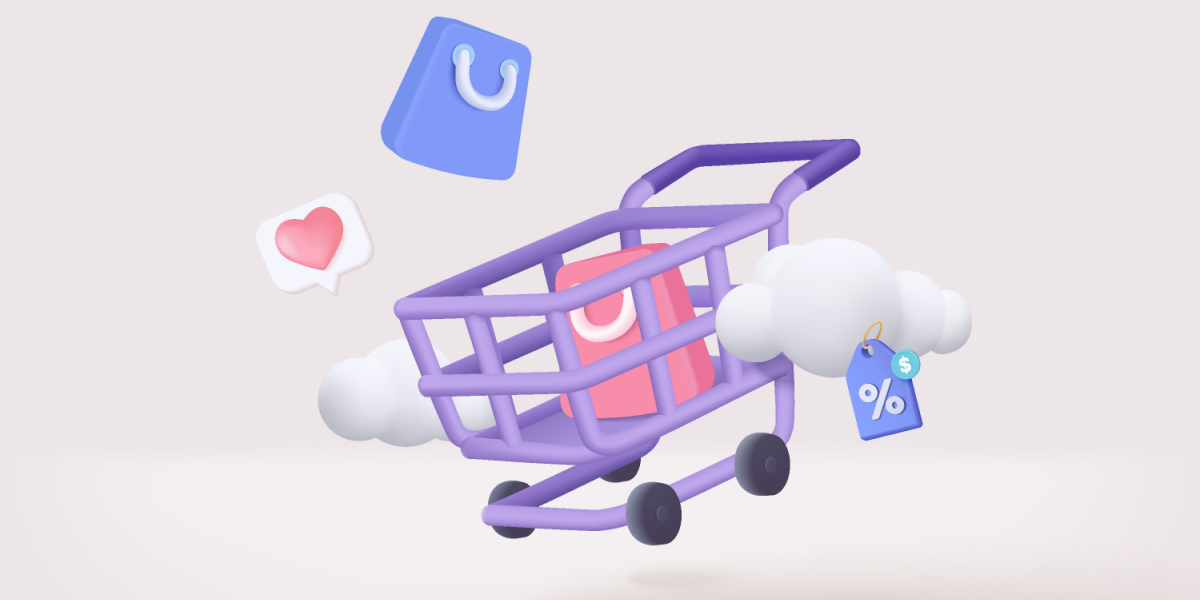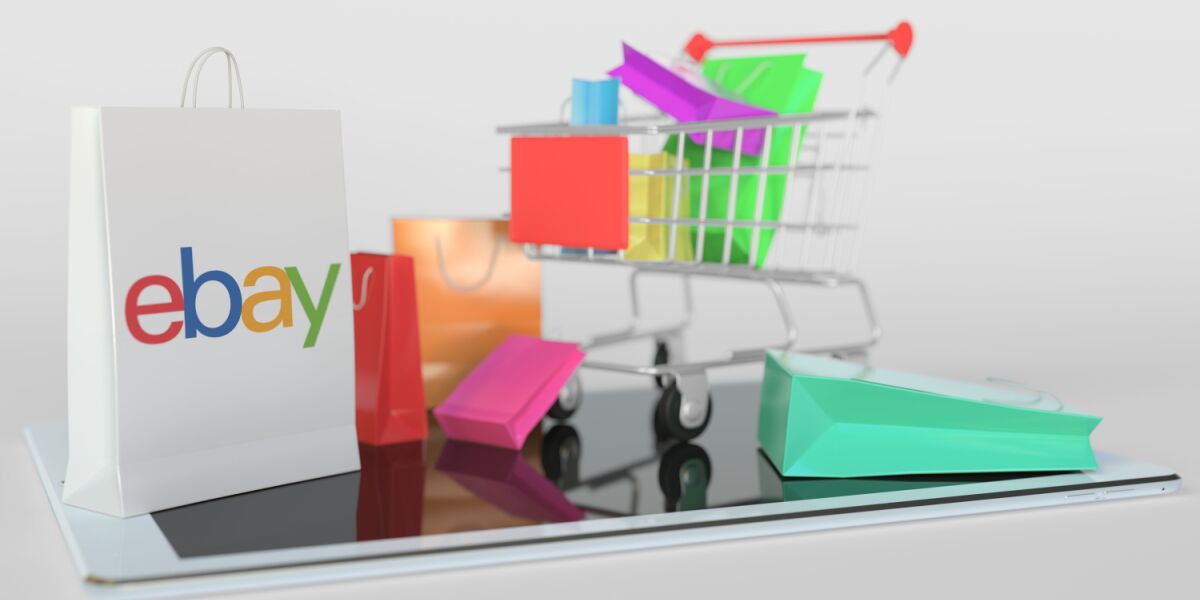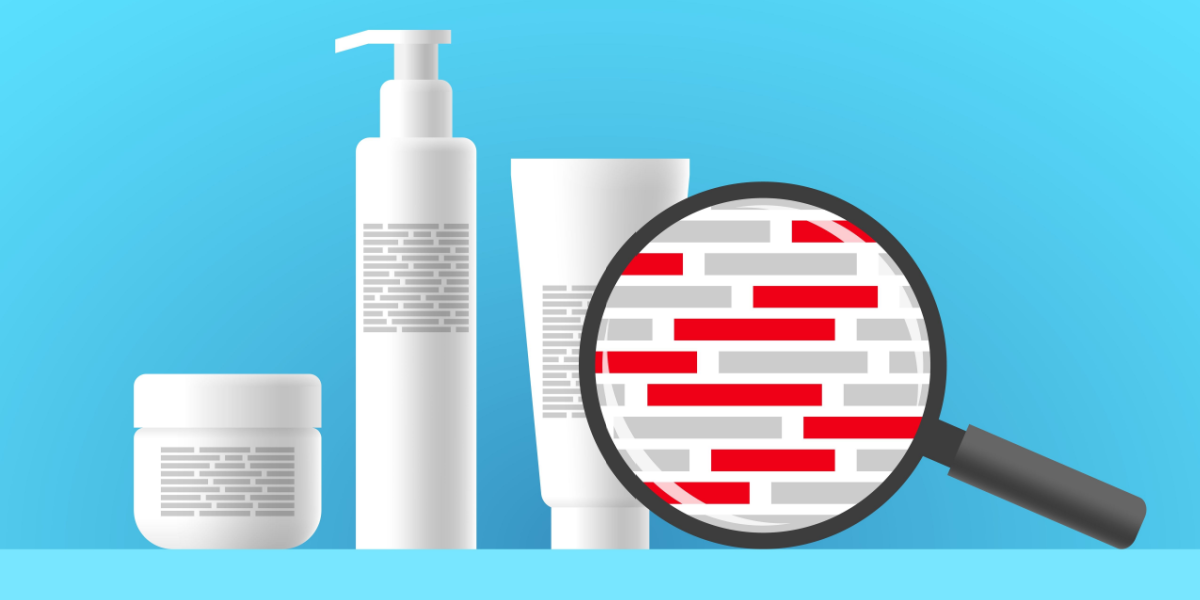If you’re a regular here at Foundr, you probably know this inspiring story by now. At just 22, with less than $25 in her bank account, Gretta van Riel launched an ecommerce business, SkinnyMe Tea, and scaled it to more than $600,000/month in revenue in its first six months.
It’s an incredible success story, for sure. But we’d be doing you a disservice if we left out the hard times Gretta went through. She’s the first to admit that things weren’t always easy.
“I’ve also made some huge mistakes along the way,” says Gretta, who also serves as the instructor of Foundr’s Start & Scale ecommerce course.
Mistakes like placing a $1.3 million order from a Chinese manufacturer, only to receive what was essentially compost, and having to spend another $14,000 just to dispose of it. And forking over $80,000 when it got held up in Customs.
If you want to start an ecommerce business, embrace the fact that mistakes are inevitable. But the best way to minimize the goofs and maximize the wins is to learn from those who have already obtained what you hope to achieve.
“I’ve not only learned from my own mistakes, but also seen thousands of ecommerce entrepreneurs just starting out make their own,” Gretta says. “The best thing about making a mistake are the lessons that you learn in doing so.”
And that’s exactly why we’re sharing this blog post with you to today. We want you to glean the lessons from Gretta’s incredible experiences so that you can succeed when you start your online store.
That’s our favorite thing about working with Gretta. She is not a guru—she’s a practitioner. She’s been there in the trenches many times before and has the proof to back up her advice; she’s launched four multimillion-dollar ecommerce businesses.
Recently, Gretta sat down with Foundr to film this insightful video for you on the things every entrepreneur should know before starting an ecommerce business, where she walks you through an example ecommerce product from ideation to completion. Check it out below:
To further help you start your online store, let’s unpack those five ecommerce lessons, using the example of a reusable straw company that Gretta talks about in the video.
Lesson 1: Your Product is the Solution to a Problem
When you decide to start an ecommerce business, what’s the first decision you need to make? You need to decide what product to sell, right? Actually, no.
“The world does not need more products,” Gretta says. “What it does need is better solutions to existing problems.”
So don’t ask, “What product can I sell?” Instead, ask, “What problem can I solve?”
How to Find a Problem to Solve
The easiest way to find the problem you want to solve is to look to your own life for inspiration. Ideally, the problem your ecommerce business aims to tackle is one you’ve experienced yourself and understand intimately. Remember, this online store is something you’ll be working on for years to come—make sure it’s something you’re passionate about!
In the video, Gretta talks about her passion for protecting the environment for future generations, a cause that’s near and dear to her heart. Gretta knows waste is a huge threat to the environment, so she wants her brand to solve the problem of waste created by everyday disposable items.
Turn Your Problem Into a Question
Once you’ve found a problem you’re passionate about, turn it into a question. If we do this with Gretta’s example problem, it becomes: “How can I decrease waste from everyday disposable items?” One answer might be that you could make those disposable items reusable, things like coffee cups, razors, toothbrushes, and straws.
Research the Market
Now that we know what some potential product ideas are, it’s time to do some research to see which one has the biggest potential market. The one with the least market saturation is reusable straws, so Gretta decides to stick with this product for her new ecommerce example.
Real-Life Examples of Ecommerce Products That Stemmed From Their Inventors’ Frustrations
When you think about it, many products were inspired by their inventors’ own frustrations. Let’s take a look at a few ecommerce products that fit this description.
The idea for Spanx, figure-shaping underwear, came about when founder Sara Blakely was getting ready for a party and couldn’t find the right undergarment that would look smooth underneath her white pants.
The idea for Fresh Heritage beard oil came about when Gamal Codner (one of Foundr’s Start & Scale students) noticed that most hair care products didn’t fit the unique needs of people of color. He traveled to North Africa to learn about grooming traditions and the oils used there. Now he sells all-natural beard oil formulated specifically for men of color.
And the idea for SA1NT’s single-layer protective denim for motorcyclists came about when Aidan Clarke was riding his bike with his co-founder on a hot day in Melbourne. The two of them saw an opportunity to create protective motowear that wasn’t leather and could keep riders cool in a hot environment.
If you’re struggling to find the problem that you want to solve, try carrying a pen and paper with you and jotting down notes about the items you use and the frustrations you encounter throughout the day. (Okay, you can totally use your Notes app too.) At the end of the day, review your list. This simple exercise should get the creative juices flowing so you can find the problem you want to pursue.
Want to learn how to start & grow a profitable online store in 12 weeks? Sign up for our FREE Masterclass, taught by Gretta Van Riel.
Learn How to Start a Profitable Store in 12 Weeks or Less. Join our FREE Ecommerce Masterclass!
Lesson 2: Your Product Needs to be Viable for Ecommerce
When coming up with your product idea, keep ecommerce-specific limitations in mind. Unlike service businesses or brick-and-mortar stores, your online store will rely completely on shipping your product to customers. Because of this, you’ll want to consider:
- Is it lightweight? You’ll pay more in shipping costs for heavier items.
- Can it handle being shipped worldwide? This is a huge consideration. If your product is something that can spoil or break easily during shipment, you stand the risk of displeasing customers and losing money when you end up needing to issue refunds.
- Is it fragile? Breakables like glass items are risky in a business that relies on shipping.
- Is it regulated? Items such as alcohol, dietary supplements, and food are highly regulated, and the regulations and restrictions may vary from country to country. The other problem with food products, in particular, is they may be perishable and not be conducive for shipping globally. So for now, you may want to steer clear of product ideas that are regulated or restricted.
Going back to Gretta’s reusable straw idea, this product is lightweight and easy to ship. Metal would be a great material to work with in this case, because it’s not breakable like glass or plastic.
Lesson 3: You Need to be Able to Communicate How You’re Different
Many aspiring entrepreneurs struggle to come up with the “perfect” product idea, but it could be a flawed belief that is holding them back.
“A common misconception in ecommerce is that you need a crazy new product idea to be successful,” Gretta says. “This is not true at all, and actually the most successful ecommerce brands are the ones that have taken existing problems and solve them in a new way.”
This is why Gretta emphasizes finding your point of difference: the aspect of your product that makes it different from competing products. To find your point of difference, Gretta recommends taking an existing product, like a reusable straw, and then brainstorming your new product idea by changing one aspect at a time. The four dimensions you can play with are:
- Design – For example, instead of making the reusable straw a typical metal color, Gretta could make it rose gold. Alternatively, she could offer personalization, where customers could get their initials engraved on the straws.
- Function – To experiment with your product’s function, think about a pain point. With reusable straws, for example, it might be awkward for customers to carry it around with them. So Gretta could make it to where it folds down and can be placed into a small carrying case. This would also protect it from dirt.
- Price – When it comes to pricing, you’ll want to consider which market you’re trying to target. Is it a low-priced, direct-to-consumer market? Or is it a high-priced, exclusive market? For products like reusable straws, Gretta prefers targeting the direct-to-consumer market with a lower price point. She also mentions that you could introduce a more expensive, limited edition straw later.
- Time – How long will your product be for sale? Is it for a limited time on certain days of the year, or is it available year round? By choosing to sell your product for a limited time, you’ll introduce scarcity, which should increase demand. It will also create exclusivity, which should increase the perceived value of your product. For the reusable straw example, however, Gretta doesn’t think it makes sense to have it available only for a certain period, unless there was a limited edition version.
A great example of how changing just one dimension can result in a wildly successful product is Gretta’s company The 5TH Watches. To stand out in the saturated watch market, The 5TH changed one variable with their product: time. They injected scarcity by selling watches starting on the fifth of each month, only for five days. And this method of selling has been an enormous success. They’ve even hit $1 million in sales in just one day.
Lesson 4: Your Customer Is not Everyone
As awesome as your product may be, it is not for everybody. “Nobody can afford to market to everybody,” Gretta says. Instead of casting a wide net, narrow in on your target market.
How to find your target market:
- Create customer personas. Customer personas, or avatars, are detailed profiles of your ideal customers. They cover things such as age, gender, education level, income, interests, and hobbies. Customer personas help make your marketing efforts easier because you’ll know exactly who you’re talking to when you write ad copy, for example.
- Research your competitors. Find out who is selling products similar to yours. Check out their reviews and social media. Are their customers satisfied? If so, you may not want to target the same audience. But if their customers are dissatisfied and have pain points that your competitors aren’t solving, then this could be a prime opportunity to go after that market.
- Analyze your product from your audience’s point of view. According to Gretta, there are two approaches you can take here:
- Audience-centric: For this, you’ll think about your audience’s demographics (age, gender, location, income level, etc.) and psychographics (personality, values, interests, etc.).
- Product-centric: If you take this approach, you’ll need to pick apart your product and its core offerings in terms of design, time, function, and price. Then, you’ll try to figure out who this would appeal to most.
For now, just pick one or two demographic factors and one or two psychographic factors. In the reusable metal straw example, Gretta identified her target market as US-based adults, ages 25 to 34, who value the environment and feel they can make a difference. This is plenty of information to take us to lesson number five.
Lesson 5: You can build your audience before you have a product.
Contrary to popular belief, you don’t need to have a product to start looking for potential customers. In fact, Gretta recommends building an audience before launch. This is a concept she calls “market-product fit,” as opposed to the traditional “product-market fit.”
For Drop Bottle, Gretta built an audience before she launched her product. She had an Instagram account called @detoxwater that featured fruit-infused waters and had a strong following of about 900,000.
Because she had already built up a solid following and she knew they were interested in fruit-infused waters, she created a product just for them—Drop Bottle sells double-walled glass fruit-infuser water bottles. And this product was chosen as one of Oprah’s favorite things!
Gretta has started all of her brands on Instagram. It’s a free and powerful platform for building an audience. But how do you go about getting followers and growing an engaged community? For this part, focus on what Gretta calls the Three C’s of Community:
- Content – What you post will determine who you attract, so post wisely. To gain inspiration for content, make a list of your favorite Instagram accounts. You can also search for trending hashtags related to your niche and incorporate these hashtags into your posts.
- Collaboration – Working with others in your niche, especially influencers, can help you grow your account much faster by expanding your reach. You can agree to exchange shout-outs, co-host a giveaway, or even send free product in exchange for a post about your business. This is one way that Gretta was able to drive sales for The 5TH Watches. Before launch, she sent 30 sample watches to Instagram influencers with whom she’d already developed a good relationship. In exchange, those influencers created posts about The 5TH, with calls to action asking their followers to sign up for the waitlist. As a result, Gretta was able to add 8,000 leads to her email list and generate $100,000 in sales on launch day!
- Consistency – It’s important to post consistently to keep your followers engaged and stay on the good side of the Instagram algorithm, which rewards consistency with higher organic reach.
For Gretta’s reusable straw example, she found a whole movement around minimizing waste, and it uses the hashtags #zerowaste, #zerowastehome, and #zerowastelife.
She could post consistently around the theme of reusable substitutions for disposable products and even work with influencers to get shoutouts or have them host a giveaway for her product.
Gretta also recommends switching your Instagram account to a business account, so you can access analytics. From these, you’ll be able to gather more detailed information to help you validate your target audience.
Additionally, you’ll want to start getting your Instagram followers onto your email list so that when it comes time to launch, they’ll be the first to know. Include a link to your email list in your bio (ideally, you’ll offer a lead magnet) and include strong calls to action in your posts.
Want to learn how to start & grow a profitable online store in 12 weeks? Sign up for our FREE Masterclass, taught by Gretta Van Riel.
Learn How to Start a Profitable Store in 12 Weeks or Less. Join our FREE Ecommerce Masterclass!
Go Apply These Ecommerce Lessons to Your Business!
Now that you’ve essentially had a mini-mentoring session with Gretta van Riel, in which she walked you through every lesson she’s learned along the way, we want you to go out and apply what you’ve learned to your new business!
To recap, here are the lessons from Gretta that we covered in detail:
- Your product is the solution to a problem.
- Your product needs to be viable for ecommerce.
- You need to be able to communicate how you’re different.
- Your customer is not everyone.
- You can build your audience before you have a product.
We know making mistakes is scary, and failure can feel crippling. But armed with this new knowledge, you’re already miles ahead the game! We at Foundr are cheering you on!
What’s the biggest lesson you’ve learned as an entrepreneur? Chime in with a comment below!
